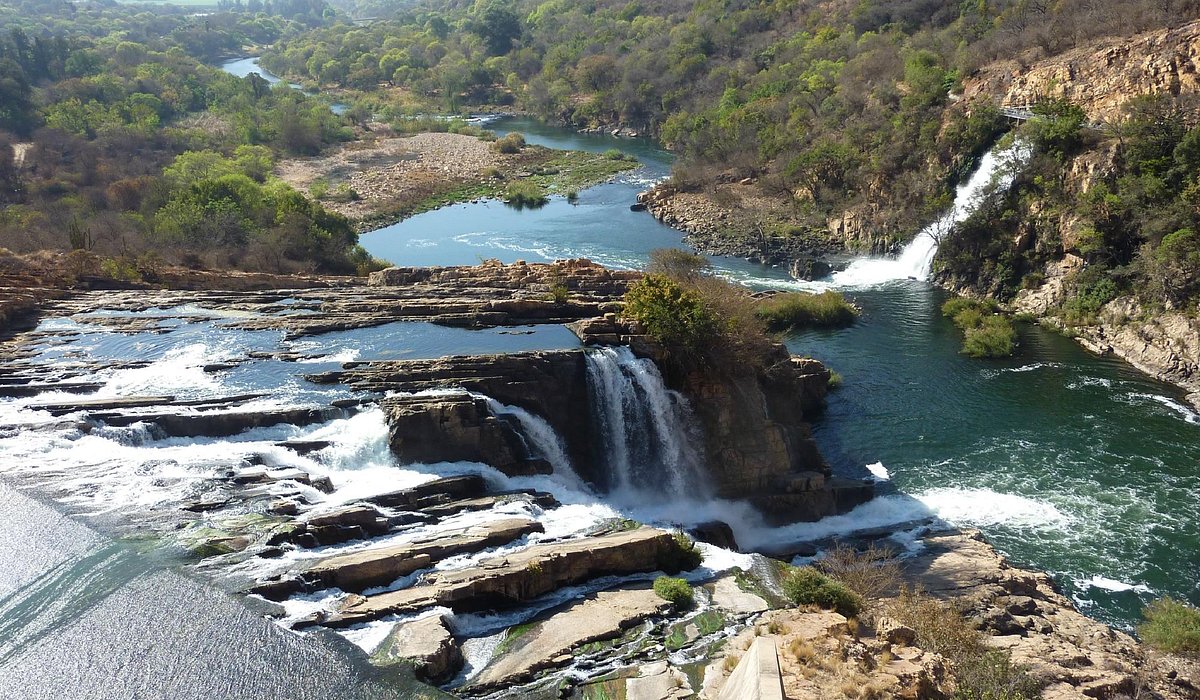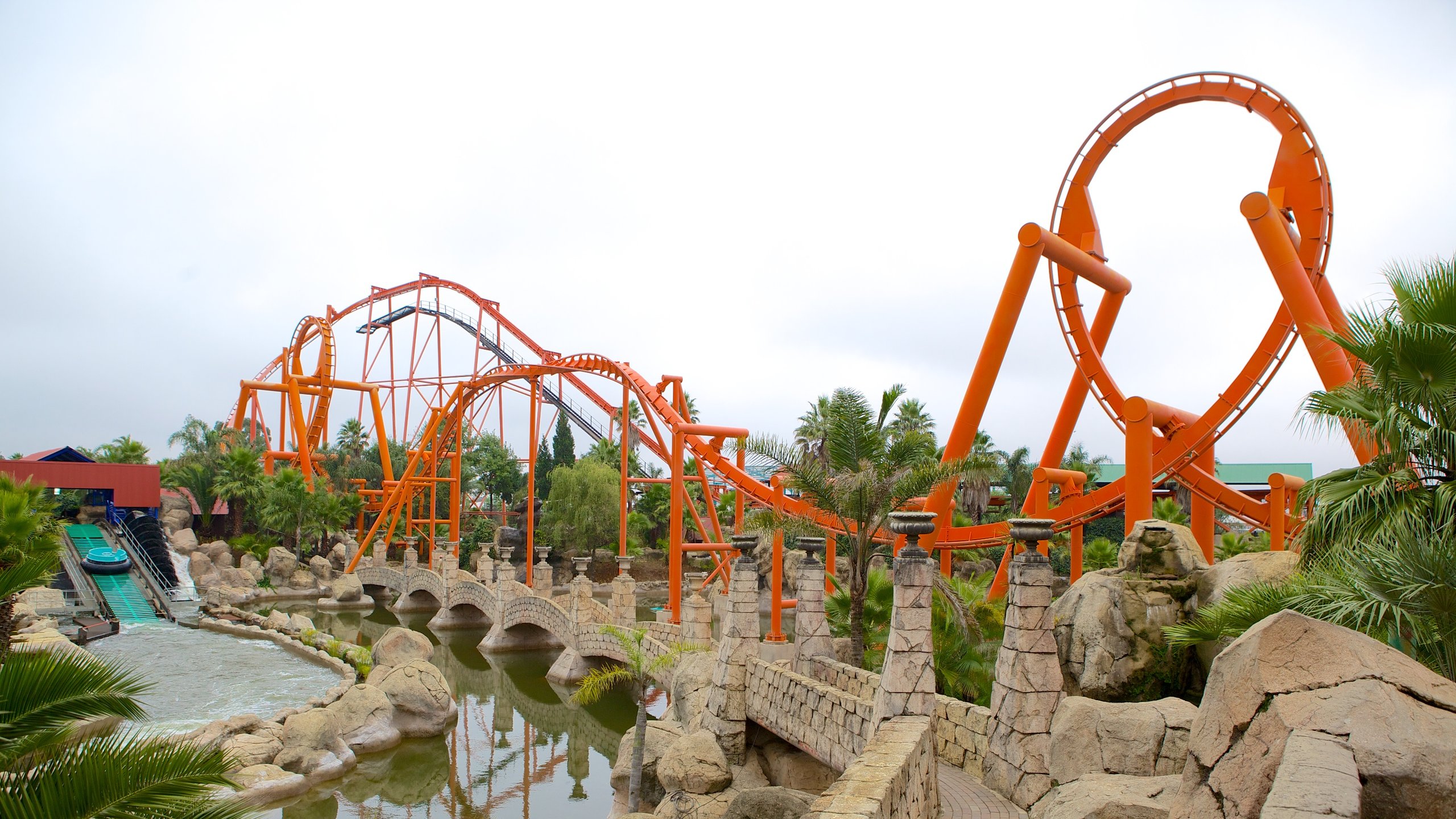Not known Facts About Johannesburg North Attractions
Not known Facts About Johannesburg North Attractions
Blog Article
Fascination About Johannesburg North Attractions
Table of ContentsThe Main Principles Of Johannesburg North Attractions Unknown Facts About Johannesburg North AttractionsThe Definitive Guide to Johannesburg North AttractionsThe Definitive Guide to Johannesburg North AttractionsJohannesburg North Attractions Fundamentals ExplainedThe Buzz on Johannesburg North Attractions9 Simple Techniques For Johannesburg North Attractions
You need to keep security in mind and vacationers need to stay alert at all times when in unknown environments. Talk with the citizens when you remain in town to discover the area you are remaining in. Johannesburg North attractions. When on the road (this doesn't put on mall and other safe and secure atmospheres) finest basic guidance is to attempt your ideal to look like a neighborhood and to avoid showing any kind of type of wealth
Indicators on Johannesburg North Attractions You Need To Know
Teacher Revil Mason O. J. (Thomson, 1946) explored the Witwatersrand's pre-colonial background. His archaeological job took off the 'em pty land' myth, according to which the area was empty of human habitation prior to the arrival of European settlers. In his publications Prehistory of the Transvaal: A Record of Human Activity (1962) and Origins of Black People of Johannesburg and the Southern Western Central Transvaal AD 3501880 (1986 ), Teacher Mason showed the level of social and financial development in the area before Europeans set foot right here.

7 Simple Techniques For Johannesburg North Attractions
He showed the government's authorization, given after he had actually testified maintain his explorations secret. In 1874, small mining operations were started in the Magaliesberg, where an Australian, Henry Lewis, had actually discovered gold deposits. In 1878, David Wardrop located gold in quartz veins at Zwartkop, north of Krugersdorp. In 1881, Stephanus Minnaar encountered gold on the farm Kromdraai, near the Cradle of Mankind.
In March 1886, a protrusion (quickly to be called the Key Reef) was found, rather fortunately, on Gerhardus Oosthuizen's ranch Langlaagte. Some say that the Lancastrian coal miner George Walker uncovered this reef. One more travelling English prospector, George Harrison (who had formerly operated in Australian mines) obtained a prospecting permit in regard of Langlaagte in Might 1886.
He determined to proceed in a pursuit for greener fields, and disposed of his Langlaagte case for the handsome sum of 10. Alas: below lay the richest goldfield ever before discovered. The exploration of this abundant auriferous coral reef prompted a gold thrill that signalled completion of bucolic tranquillity in the southern Transvaal.
It would, within six years, end up being the largest town in southern Africa. Within a decade, it would make the Z. A. R. up until then an anarchical and bankrupt little state the wealthiest country in Africa. By the turn of the century, the Z. A. R. was to surpass Russia, Australia and the USA of America to come to be the world's leading gold producer, producing even more than a quarter of the world's gold.
Johannesburg North Attractions Fundamentals Explained
It was called Ferreira's Camp, called after Colonel Ignatius Ferreira. He was a Boer traveler upon whom the British authorities had bestowed the condition of Companion of one of the most Differentiated Order of St Michael and St George (qualifying him to the post-nominal letters C. M. G.) in gratefulness for his function in the war that had deposed the Pedi king Sekhukhune in 1879.
Soon the camp was including camping tents and wagons as newbies arrived daily from much and wide. By September 1886, some 400 people lived in Ferreira's Camp, which quickly boasted erected iron and lumber buildings. 2 other camps were developed: Meyer's Camp on the farm Doornfontein, and Paarl Camp. The latter was nicknamed Afrikander Camp; many individuals from the Cape Colony resolved there.

The Definitive Guide to Johannesburg North Attractions
This name acquired currency by word of mouth, such that the State Assistant affirmed the name to the Mining Commissioner on 9 October 1886. Stands in the village were auctioned on 8 December 1886. While some stands were sold for 10, others were knocked down for as low as sixpence.
Two years later, these erven were to alter hands for as long as 750 each. The tented camps diminished as a dorp of corrugated iron structures established and increased north of the official statement mines situated along the Main Reef Roadway. Areas such as Jeppe's Community (where working-class immigrants erected their dwellings) and Doornfontein (where the affluent new 'Randlords' began to build their opulent houses) were soon contributed to the ever-expanding map of the community.
How Johannesburg North Attractions can Save You Time, Stress, and Money.
In addition to the street names, there were no signs of Johannesburg being positioned in a Dutch-speaking country. Years later on, C. W. Kearns O. J. (among the first young boys signed up at St John's College in 1898) would recall: 'An odd truth concerning Johannesburg was that, although it remained in the [Boer Republic], almost every person talked English and also the Federal government slaves addressed one in English, unless they were very first resolved in the Taal (or Reduced Dutch)'.
Therefore, Britain had a rate of interest in ensuring optimal conditions for gold production on the Witwatersrand, and that the gold was exported to London instead of Berlin a critical provided all the more clamant by the Z. A. R - Johannesburg North attractions.'s increasing toenadering with Germany. Mine owners were on a crash training course with Head of state Kruger, whose policy of monopolistic giving ins (frequently approved to his cronies) avoided mining click to investigate companies from procuring products of materials (particularly dynamite) and labour on their very own, more affordable terms
Things about Johannesburg North Attractions
In 1890, the Volksraad had limited the franchise to white guys who had actually stayed in the Z. A. R. for fourteen years or longer, hence invalidating a lot of the immigrants (that occurred to be the significant factors to the fiscus). Nonetheless, anxiety for the vote was a simple pretense for advertising a different program; the majority of uitlanders regarded themselves as short-lived visitors and had no objective of continuing to be in the Z.
Report this page